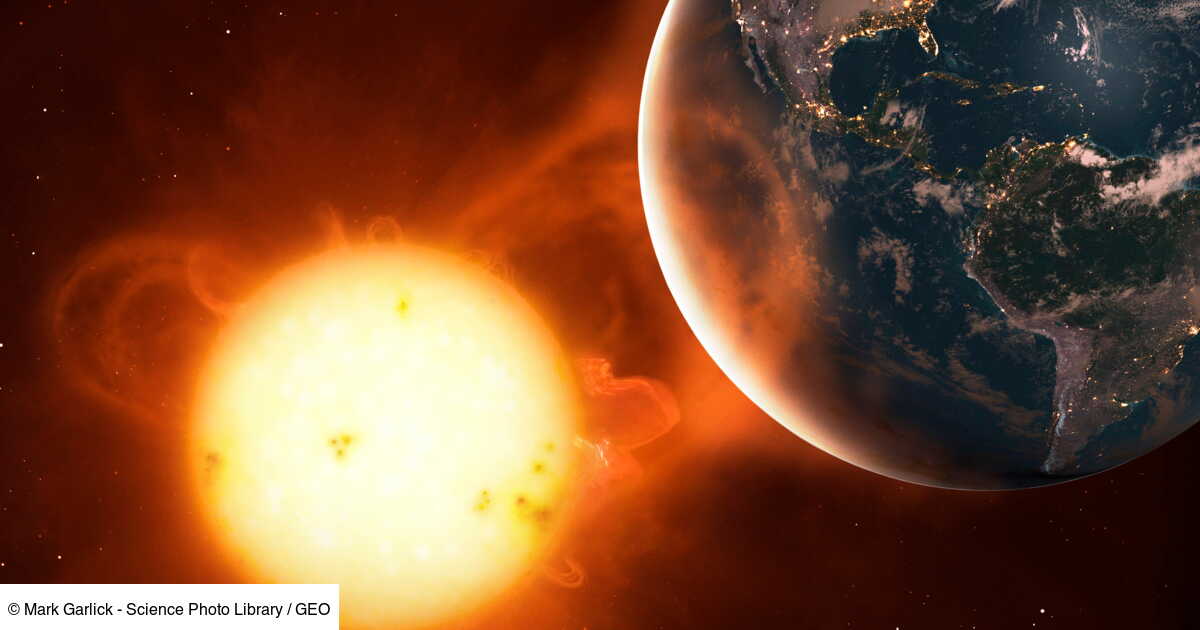The Sun’s restless magnetic engine is nearing a natural turning point, and the timing could be good news for Earth. As solar activity climbs toward its maximum, skywatchers have already enjoyed spectacular auroras at unusually low latitudes. At the same time, some technologies—from farm GPS networks to radio communications—have felt the strain of a busier star. What comes next is a global reversal of the Sun’s magnetic polarity, a flip that reshapes near‑Earth space in ways that are, on balance, protective.
A familiar cycle reaches its peak
Every 11 years, the Sun’s activity cycle swells and subsides, tracked by the rise and fall of sunspots. During the current upswing, scientists expect the peak—known as the solar maximum—to occur between late this year and early 2026. The heightened activity brings more solar flares and coronal mass ejections, which can energize Earth’s magnetosphere and paint the sky with shimmering auroras. These same disturbances can rattle navigation systems and induce currents in long power lines. Yet nested within this cycle is an even larger rhythm that quietly governs the Sun’s global magnetism.
What is the Hale magnetic cycle?
Beyond the 11‑year sunspot cadence lies the 22‑year Hale cycle, during which the Sun’s magnetic poles swap places and then return. The flip is driven by the transport of magnetic flux from active latitudes toward the poles, where it accumulates and cancels the old polarity. “The magnetic field of active regions migrates toward the poles and ultimately triggers the reversal,” explains Todd Hoeksema of the Wilcox Solar Observatory. Despite decades of observation, the underlying dynamo remains elusive, and models still wrestle with its tangled physics. As Stanford’s Phil Scherrer notes, “We still don’t have a coherent mathematical description of the process—and if we can’t model it, we don’t truly understand it.”
Why a reversal can help Earth
When the Sun’s polarity flips, the vast heliospheric current sheet—a wavy, pancake‑thin surface that extends billions of kilometers—becomes more wrinkled. Those ripples act like a magnetic maze for incoming galactic cosmic rays, which are ultra‑energetic particles from outside the solar system. A more contorted current sheet tends to reduce the flux of these particles at Earth, lowering background radiation in near‑Earth space. That moderation is genuinely beneficial, even if solar storms still pose short, sharp risks.
- Reduced galactic cosmic ray exposure, easing radiation doses for spacecraft and high‑altitude aviation.
- Fewer cosmic‑ray‑induced “single‑event” upsets in satellite electronics, improving reliability for critical systems.
- Less cumulative background damage to solar arrays and detectors, extending hardware lifetimes.
- A slightly friendlier radiation environment for long‑duration missions, provided teams manage solar storm hazards.
For astronauts, the balance is subtle: solar maximum brings more solar energetic events, but fewer ever‑present galactic cosmic rays. With vigilant forecasting and storm shelters, mission planners can exploit the lower GCR background while mitigating episodic solar bursts.
What scientists still don’t know
Even with a century of sunspot records, the solar dynamo remains a complex, chaotic engine. Researchers continue to probe how sunspot magnetism feeds the polar fields and how local patches of flux cancel or reinforce one another. Key questions include how quickly the polar reversal completes and how symmetric the process is between the northern and southern hemispheres. Precision answers demand better models, denser observations, and years of patient monitoring.
What to watch in the months ahead
As the peak unfolds, expect more vivid auroras and occasional technology hiccups, even while the broader radiation environment grows more forgiving. Space weather centers will track the evolving polar fields and the geometry of the current sheet, refining forecasts that protect satellites and grids. If trends hold, the magnetic reversal will complete within the next year or so, resetting the Sun’s compass for the next cycle. In the long story of our variable star, each flip is both a scientific opportunity and a reminder of the Sun’s protective reach.

